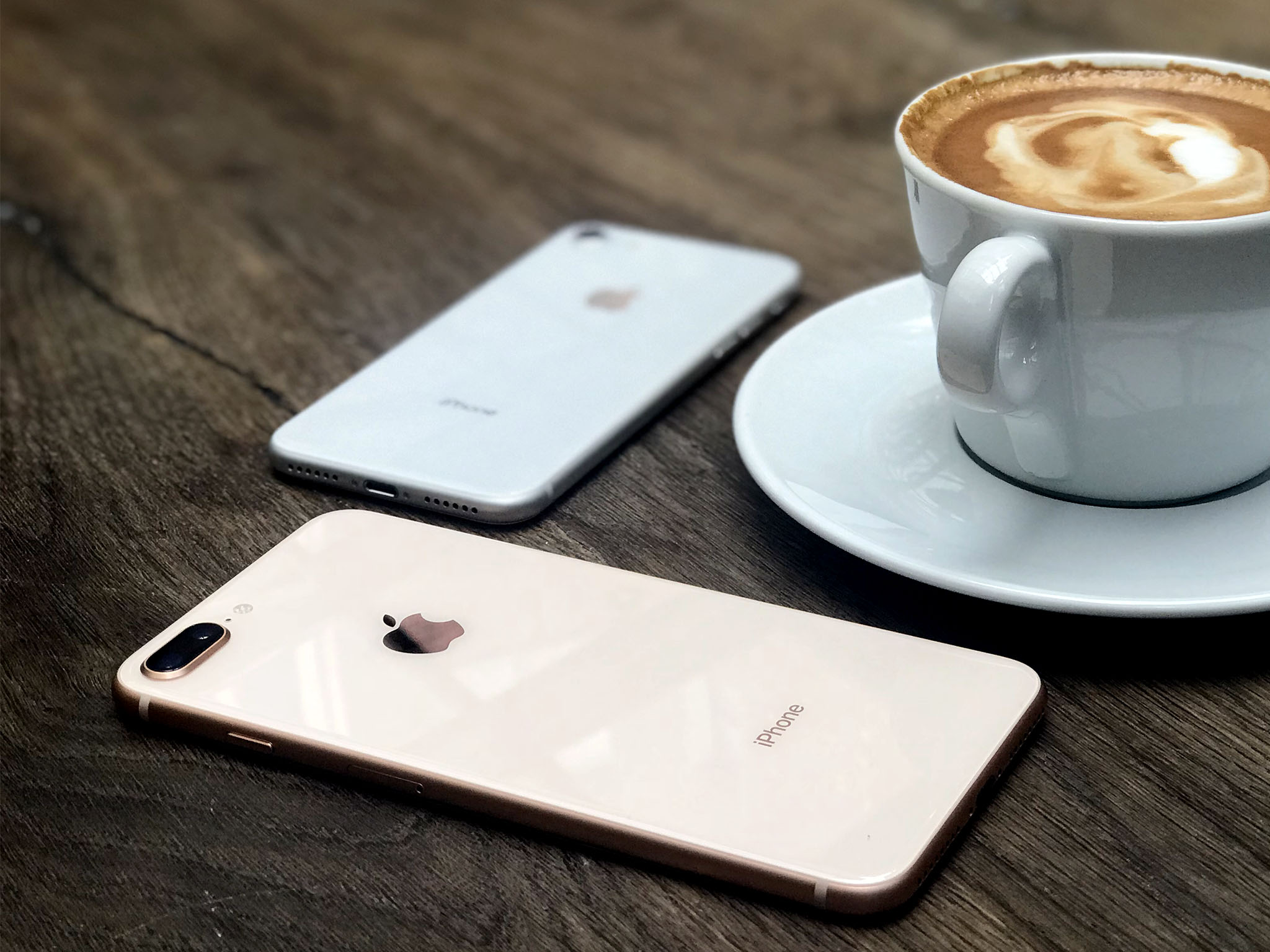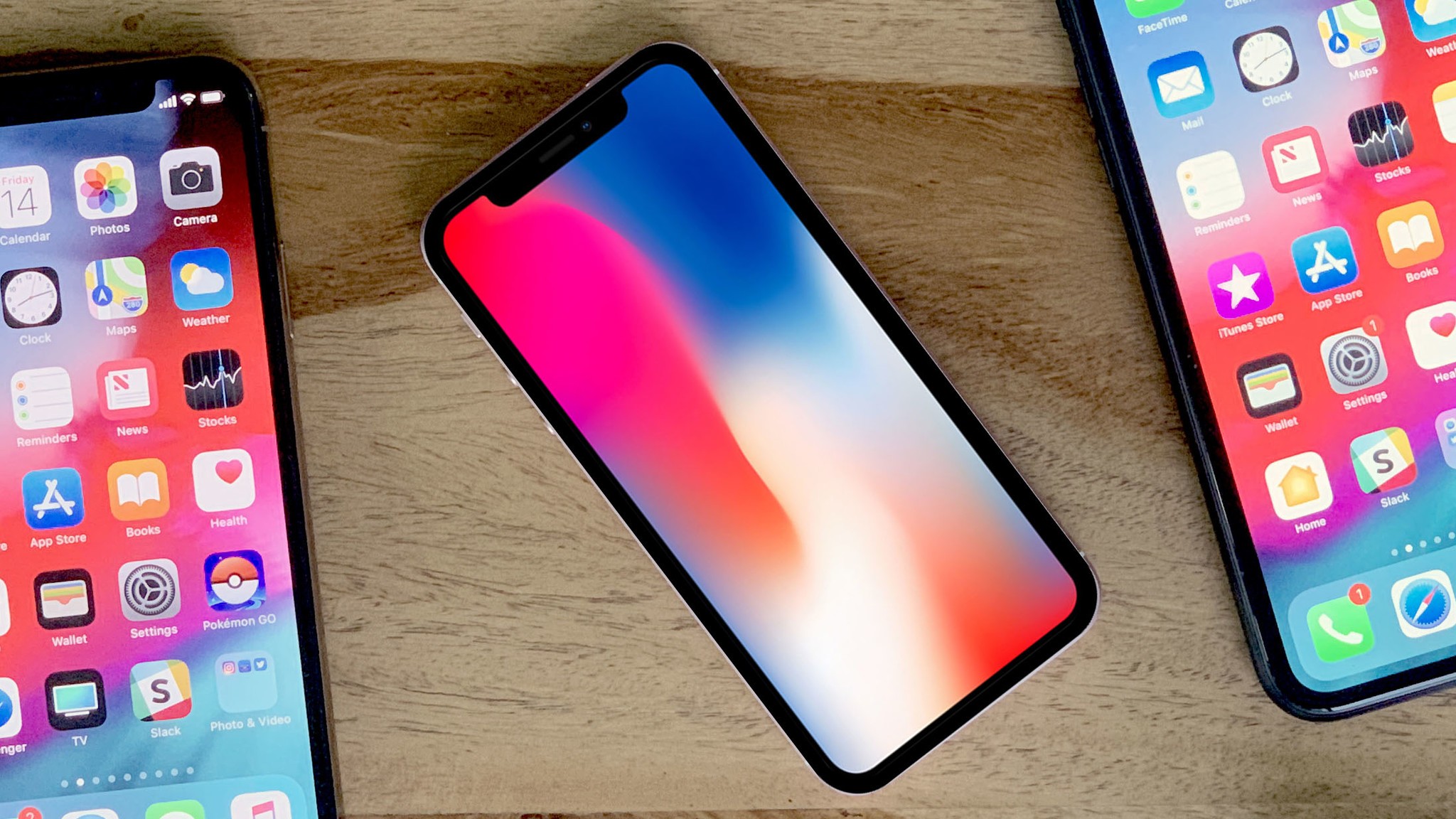Will Apple ever make another 4-inch iPhone SE

This is for Lory Gil.
See, some really, really want a return of the original, iconic 4-inch iPhone SE design. The one that not only fit into every pocket, pack, and hand, but disappeared into it. Others, a 5.5-inch Plus-sized model that'll give them the high-end specs, keep the low-end price, but just stretch things out a little closer to tiny tablet territory.
So, will we ever see them? Would they even make sense with today's components, in today's market?
iPhone SE Plus

Now, I hate that thing when a video promises to tell you something new and exciting but then says you have to understand the history first and derails you for like 10 minutes. Typically, my response to that is some version of not today, satan.
But, in this specific case, I think what happened before is exactly what will happen again, so forgive me for framing it this way, but I think it makes the most sense.
When Apple introduced the big iPhone 6 way back in 2014, they introduced the even bigger iPhone 6 Plus along with it. The Plus-sized version had everything the regular-sized version had, with a slightly better, optically stabilized camera, an interface that included iPad-style two-column layouts in landscape, and a bigger battery to go along with the bigger 5.5-inch screen.
Back then, Apple owned most of the profits from the 4-inch and under premium phone market. Which was most of the market at the time. Going bigger than 4-inches let Apple start owning most of the profits from the entire premium market.
iMore offers spot-on advice and guidance from our team of experts, with decades of Apple device experience to lean on. Learn more with iMore!
But, it also let Apple better serve people for whom their phone was their primary computer. It wasn't something they had in addition to a Mac or PC, a laptop or desktop, or even a tablet. It was their only thing. And they needed their phone to be a tiny tablet and do as much of what a PC could do as possible. Especially in emerging markets, where lines like "one-handed ease of use" would get your privilege eye-rolled so fast… as people kept working away fully two-handed, eager for even more and bigger.
The bigger size may have made it a less convenient phone for some, for calling and texting on the go, but that exact thing made it a better, more functional computer for others. And, perhaps it could have been made even more so if Apple had gone even further in on the tiny tablet iPad interface idea with things like multi-window apps and picture-in-picture.
Hey, a nerd can dream!
The new iPhone SE is, again, based on the iPhone 8. Which, like the iPhone 6, had a Plus version, a better camera — like the iPhone 7 Plus, a dual camera with an added quote-unquote telephoto lens, back then required for portrait mode and lighting — that tiny tablet mode in landscape, and that long, long battery life.
So, if Apple can scoop out the regular iPhone 8, stuff in an A13 Bionic, and call it the iPhone SE, can't they scoop out the Plus-sized iPhone 8, stuff in the same A13, and call it the iPhone SE Plus.
Of course, of course, of course.
9to5Mac found code for it in leaked builds of iOS 14. Jon Prosser of Front Page Tech has reported that it was planned but had to be pushed back to next spring due to travel restrictions and shut downs. Kuo Ming-Chi has just reported the same.
In a perfect world, if none of… this… had happened, I think an iPhone SE Plus would have been really great for exactly the market and reasons I just went over. It would give people who love that classic Home button and Touch ID design, in the Plus size, a modern version of it to love, and one that would have enough processor headroom to keep getting updates for many years to come. Also, it would give people who want flagship-like specs, but not flagship-like prices, especially in emerging markets, a bigger, more functional-as-primary-computer-option, but still at a more affordable price.
That's assuming Apple kept it at the classic Plus-sized, and modern Max-sized markup of $100. Which… would also slot it in perfectly between the $399 U.S. iPhone SE and $599 iPhone XR… right at $499 for 64GB and, hopefully, $549 for 128GB.
If it's delayed by a year, is that a dealbreaker? I don't think so. Sure, right now Apple can market the iPhone SE as having the exact same A13 chipset as the current flagship iPhone 11 and iPhone 11 Pro, and next year there'll presumably be an A14 in the next flagship iPhone 12 and iPhone 12 Pro, or whatever Apple calls them.
But, Apple can still market it as the iPhone SE for people who prefer iPhone Plus, and it'll still have as much overhead and get as many years of updates, as the then 1-year old iPhone SE non-Plus will get.
But let me know what you think in the comments.
iPhone SE 'Minus'

On the flip side, a bigger iPhone SE is the exact opposite of what other people want. For them… maybe you? Bigger is not better. Smaller is better. The 4-inch iPhone SE was perfect. Why'd they have to change it?
Now, of course, the 4-inch iPhone SE was based on the 4-inch iPhone 5 and iPhone 5s, which Apple introduced after the 3.5 inch models before them. To the complaints of very few.
But, HTC made Titans, Samsung introduced the Galaxy Note, early LTE modems and the batteries required to keep them lit for even a few hours, even the early OLED displays used to pave over them, all drove other phones to get bigger and bigger, and a large part of the market responded, prompting everything I just spoke about with the iPhone 6 and iPhone 6 Plus.
And then, Apple's product development started taking advantage of the bigger chassises and bigger batteries that came with them as well.
Like I said in my review, when you move into a bigger apartment, you tend to get bigger beds, bigger fridges, bigger tables, bigger TVs… just more and bigger stuff. And then it becomes hard to move back to a smaller place.
Likewise, Apple began designing chipsets that took advantage of the bigger batteries and bigger thermals provided by the bigger phones. To the extent that, if you tried to put a modern A-series chipset into a smaller chassis with a smaller battery, it would be subject to brown outs. Similar to those random shut downs caused by power spikes on older iPhones Apple had to fix with performance management a couple of years ago.
Could Apple make a new, A-series chipset optimized for a new, 4-inch iPhone SE… I dunno, call it Minus? Sure, Apple currently has one of if not the best silicon teams in the business. But it would be a new chip requiring a new line, and unless Apple could find other products to use it in now and in the future, it wouldn't get very much if anything in the way of economy of scale.
Apple already uses older A-series in bigger devices, like Apple TV and Mac, and smaller devices need tighter integration than systems-on-a-chip, they need systems-in-package like the S-series in Apple Watch. Glasses would likely need something much more like that as well, not like this.
Which all just translates into new silicon for a new 4-inch iPhone SE been expensive, which goes against the whole purpose of a the iPhone SE.
Could Apple make a modern 4-inch iPhone, then? Something like the iPhone X or 11, only the same size as an iPhone 5 or original iPhone SE? With the new edge-to-edge design, so that 4-inch display could stretch out closer to 4.7-inches but still be every bit as small in the hand, pocket, or pack?
Also of course, of course… of course.
Apple has hundreds of billions of dollars. They can literally explore and even prototype anything any blogger, podcaster, or YouTuber can dream up, a billion times over. They probably have CNC mockups of modern iPhones of every practical size, from iPhone 5 to bigger than Max.
That's what Apple did with the iPhone 6 and 6 Plus — every quarter inch or so, and then carried them all around, and figured out the two they liked best.
It's not hard to imagine a fully modern small-sized iPhone or several exists deep in Apple's labs and has since design work began on the iPhone X era.
But, it would again require all new parts to bring to market, and all new flagship parts at that, and that again means it would bring flagship prices along with it.
It would also more than likely bring worse performance, comparatively, because of the much smaller size and smaller battery that comes with it. Both for sustained load and for screen-on time both.
There's also the question of just how big the small phone market is. Novelties like the TCL Palm phone not withstanding, even small phones these days are petty big. Like Galaxy 10e and Pixel non-XL… XS? big.
So, what about something in the middle? Not quite as small as an iPhone 5 but also not as big as the 6.1-inch iPhone XR or 11, or even the current 5.8-inch iPhone X or 11 Pro?
Again, I sense so many of you already typing away so furiously in the comments, but that's pretty much exactly what rumors for the iPhone 12 have suggested. A new, smaller, 5.4-inch model.
Sure, it's not as tiny as a presumably 4.7-inch full screen display stretched across an iPhone 5-sized body, but it's also not as big as the current 5.8-inch full screen display stretched across the iPhone 8-sized body introduced with the iPhone X.
But maybe, just maybe, it's the most practical, most pragmatic version possible? 5.2-inches would be dead middle. I mean, all design is compromise, but 5.4-inches isn't that far out, especially if it could maintain Apple A14 performance and iPhone 11 Pro battery life?
Best of both sizes

So, yeah, new, bigger iPhone SE Plus, probably next spring, everything we love about the Home button and Touch ID classic Plus, with dual cameras, better battery life, and tiny tablet landscape, starting at $499.
And a new, smaller iPhone 12, probably late fall, with everything we love about the current iPhone 11, dual cameras, tremendous battery life, and modern, edge-to-edge, gesture based, Face ID design, starting at $599… maybe?

Rene Ritchie is one of the most respected Apple analysts in the business, reaching a combined audience of over 40 million readers a month. His YouTube channel, Vector, has over 90 thousand subscribers and 14 million views and his podcasts, including Debug, have been downloaded over 20 million times. He also regularly co-hosts MacBreak Weekly for the TWiT network and co-hosted CES Live! and Talk Mobile. Based in Montreal, Rene is a former director of product marketing, web developer, and graphic designer. He's authored several books and appeared on numerous television and radio segments to discuss Apple and the technology industry. When not working, he likes to cook, grapple, and spend time with his friends and family.
